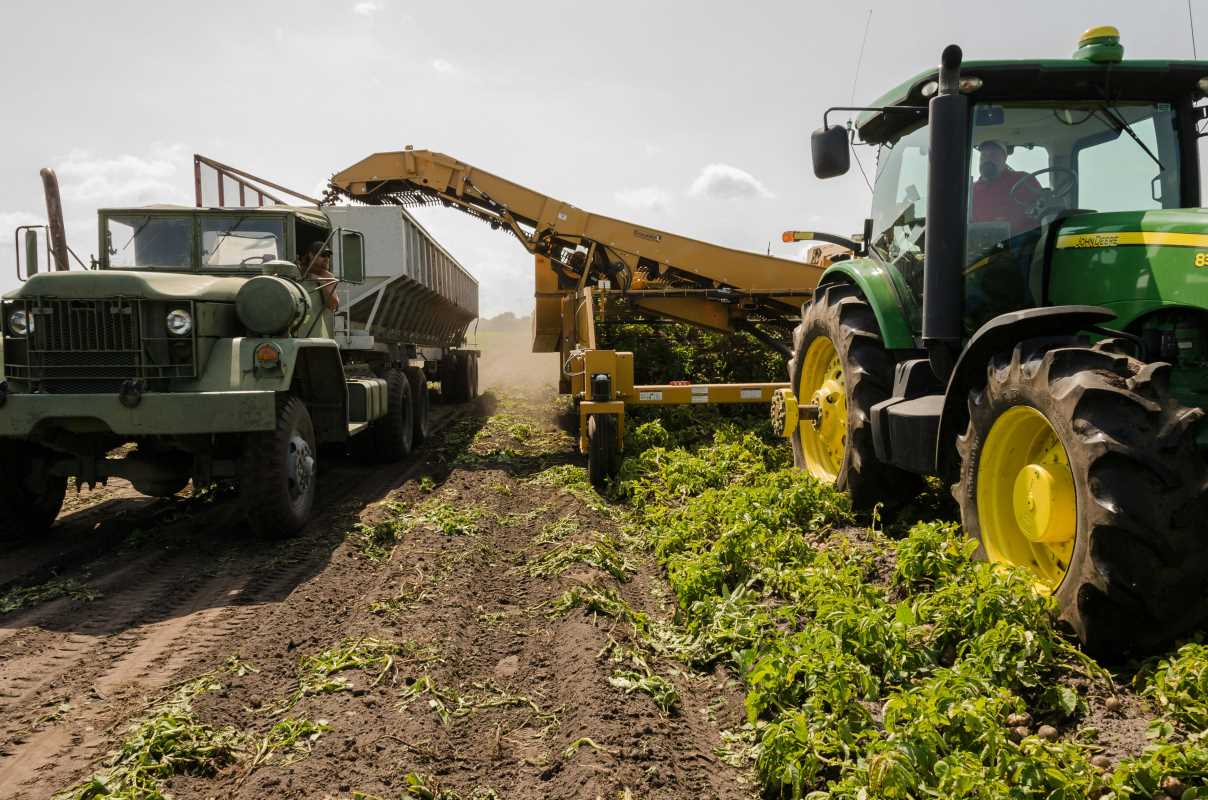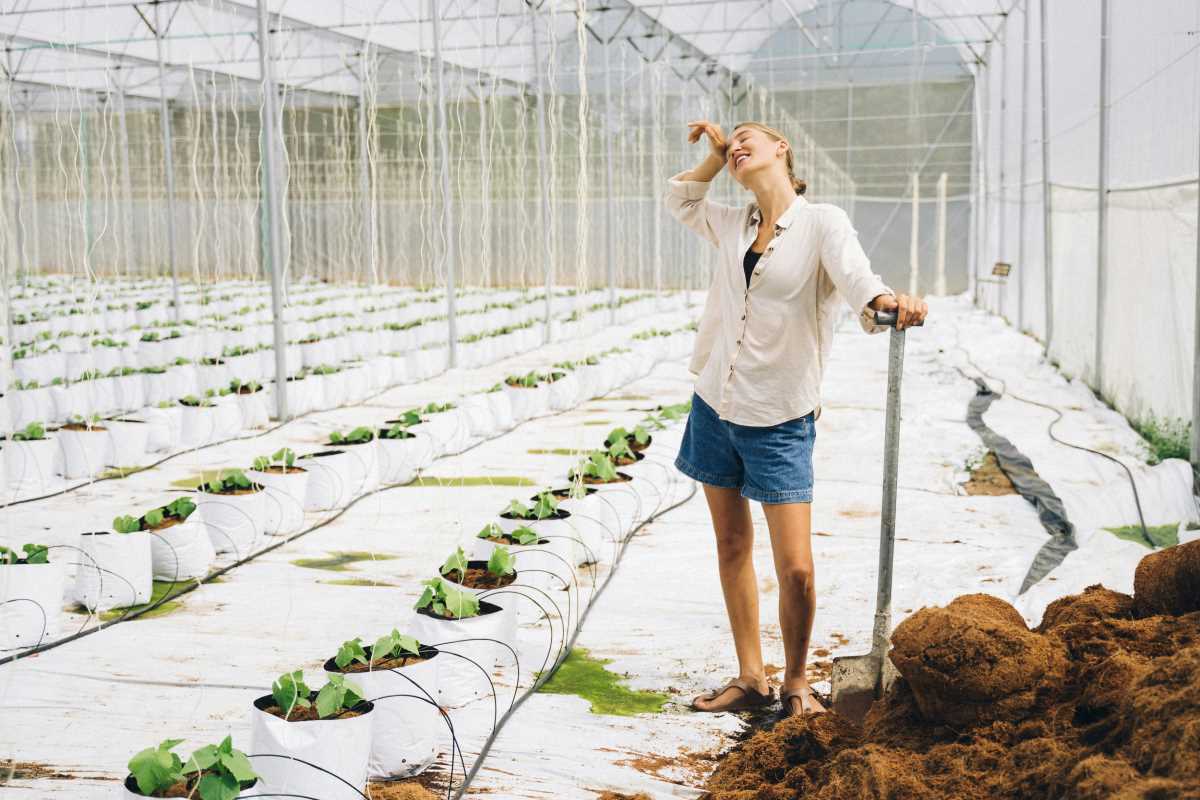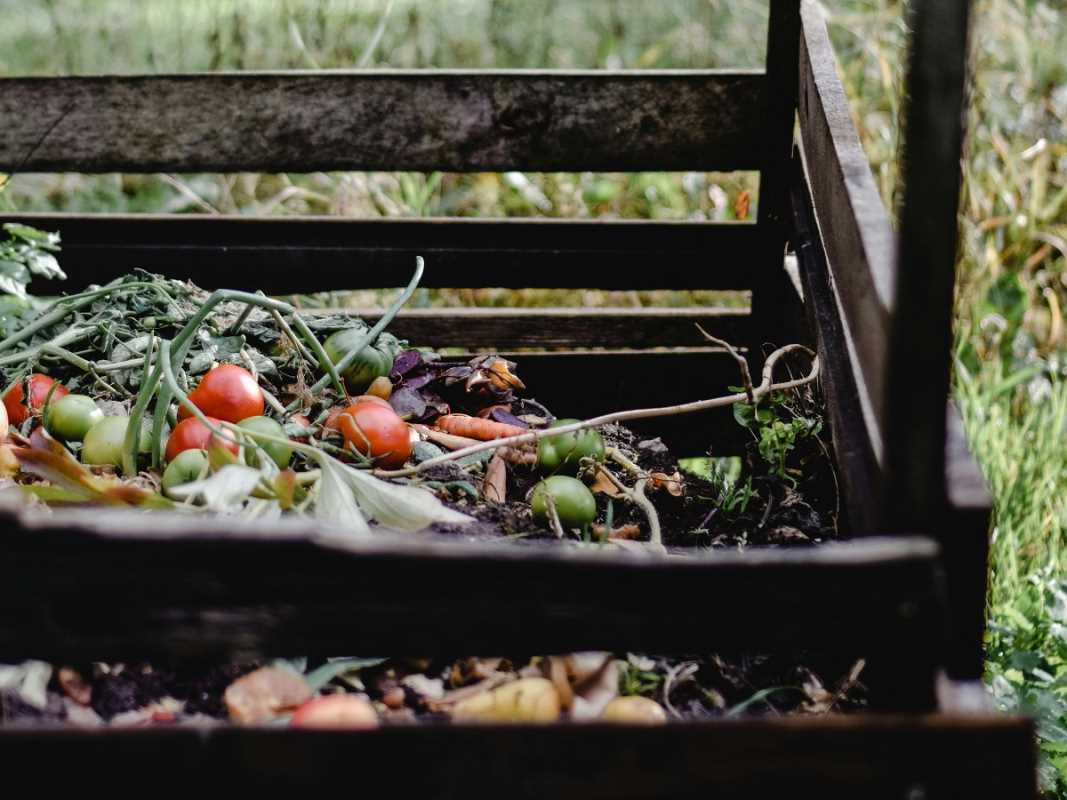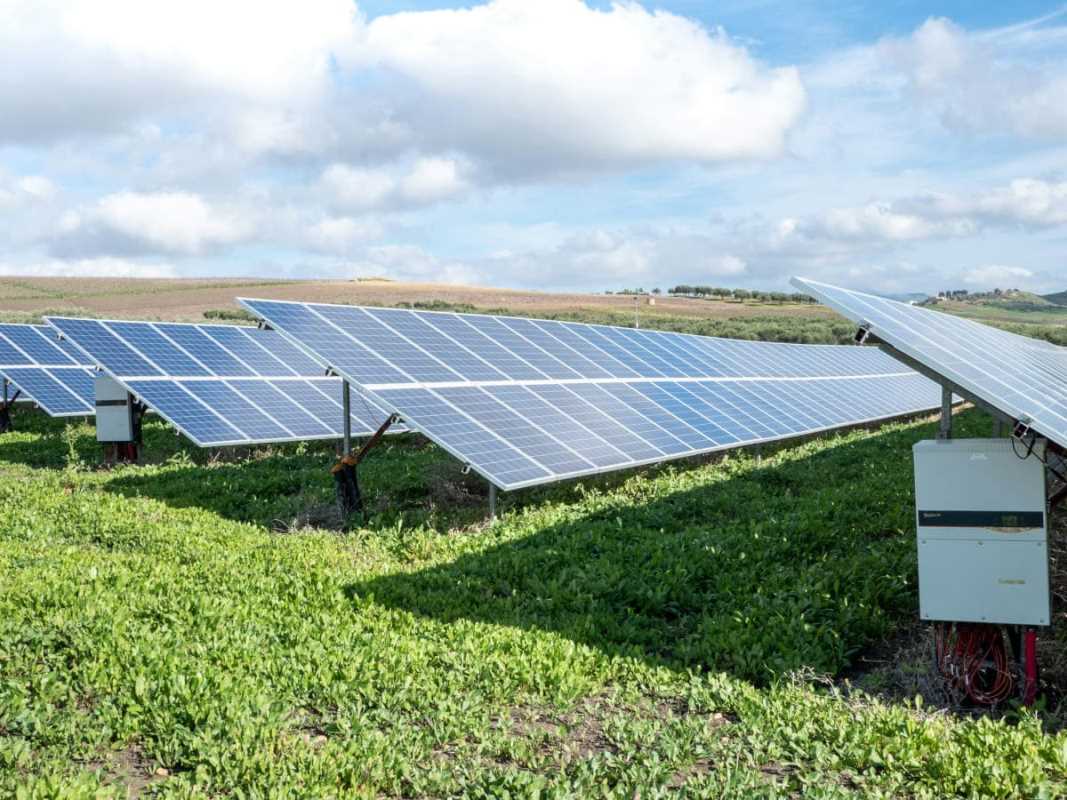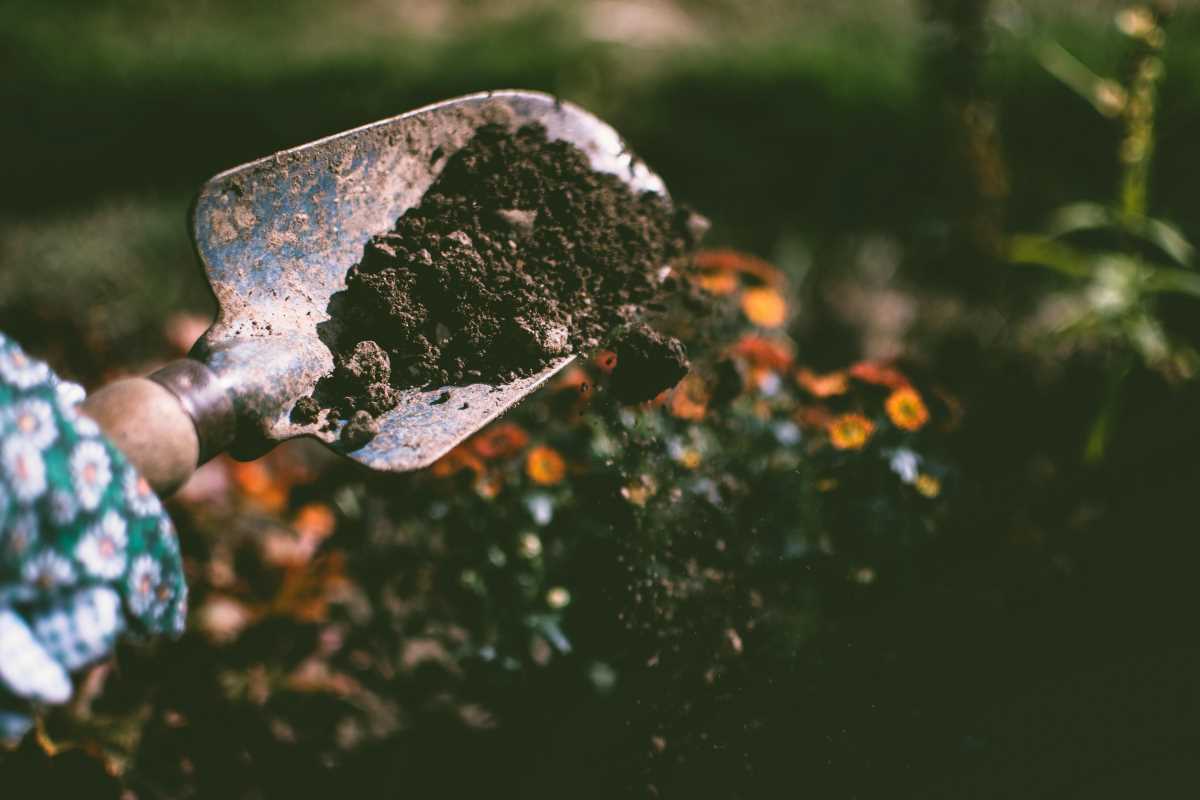Farmers who use drip irrigation systems enjoy a practical and efficient method for watering their crops, helping them use water wisely and boost production. Even a small purchase of these kits can make a noticeable difference in how fields receive the moisture they need. By sending water straight to the plant roots, these systems help ensure that each drop goes exactly where it is needed most. This careful approach cuts down on waste and supports healthier, more abundant plants. Many growers appreciate how drip irrigation allows them to manage their resources better and see real results in the quality and quantity of their harvests.
As technology improves and prices decrease, setting up a drip irrigation system becomes a worthwhile project. This practical solution not only improves plant health but also helps conserve water resources. The advantages go beyond saving water—they include improving soil quality and lowering labor costs over time.
How Drip Irrigation Works and Why It’s Effective
A drip irrigation system sends water through small, narrow tubes that slowly release moisture directly at the plant roots. This method prevents water from evaporating or running off, unlike traditional sprinkler systems. Because of the precise delivery, each plant gets exactly the hydration it needs.
The system uses a network of valves, filters, and emitters that work together to distribute water evenly. This design cuts down on total water use and reduces the chance of plant diseases caused by over-wetting foliage. Users can easily adjust the system to fit the specific layout and needs of their land.
Key Benefits of Drip Irrigation for Larger Land Areas
This method offers many advantages that can significantly boost crop yields. Drip irrigation targets watering, encouraging strong root growth and creating a healthier environment for plants to thrive. It keeps the soil moist without over-saturating it.
- Uses less water by reducing evaporation and runoff.
- Delivers nutrients directly to the roots.
- Limits weed growth by restricting water to crop areas.
- Reduces the risk of soil erosion.
- Makes it easier to maintain and monitor crop health.
These benefits make drip irrigation an attractive choice for landowners aiming to get the most out of their land. Consistent, targeted watering helps plants grow stronger and produce more over the growing season.
Selecting the Right Drip Irrigation Kit for Your Land
Choosing the correct kit requires thinking about a few key factors that match your terrain and crop types. It’s important to consider both immediate needs and future growth when making your decision. Kits differ in complexity, coverage, and price, so understanding the basics helps you choose wisely.
- Measure your land’s size and layout to determine system capacity.
- Identify available water sources and check their pressure levels.
- Consider the soil type for proper emitter spacing and flow rates.
- Create a budget that covers initial setup and possible expansions.
- Read product reviews and check the reputation of suppliers to ensure reliability.
Taking the time to review these aspects helps you pick a system that meets your current needs and can adapt to future demands. Spending a little extra now can save money and effort later by choosing a system that performs well over the years.
Installation Tips and Mistakes to Avoid
Starting with good planning makes installation easier. Mapping out your land and marking where plants are helps you plan the best route for your drip lines. It’s crucial to keep filters and emitters free of debris during the initial setup and maintenance. Following clear instructions from manufacturers like *Netafim* or *Toro* makes this process simpler.
Many problems happen when you rush the installation or don’t measure carefully. Avoid common mistakes such as misaligned emitters or inadequate water pressure adjustments. Follow manufacturer instructions closely and run a system test after installing to catch any issues early before they become bigger problems.
Smart Ways to Improve Your Drip System and Save Money
You can improve your drip irrigation’s performance while keeping costs low by making some smart choices. Regular maintenance and thoughtful planning can help your system last longer.
- Perform regular inspections to clean and replace worn parts.
- Use timers to water only when necessary.
- Collect rainwater to reduce dependence on municipal water supplies.
- Select kits that allow modular expansion to save money on future upgrades.
- Teach household members or workers how to properly care for and operate the system.
Following these simple steps can lower your operational expenses and boost the overall efficiency of your watering system. Treat your system as an ongoing project and keep optimizing its performance over time.
Where to Find Affordable Drip Irrigation Kits
To find affordable drip irrigation kits, research local farming stores and online shops for suppliers with competitive prices and reliable products. Compare options from top providers to ensure you get quality and value for your investment.
Using the right drip irrigation system makes efficient crop production accessible and helps you save on water and costs. Apply these tips to maintain a reliable setup and enjoy healthy harvests for years to come.
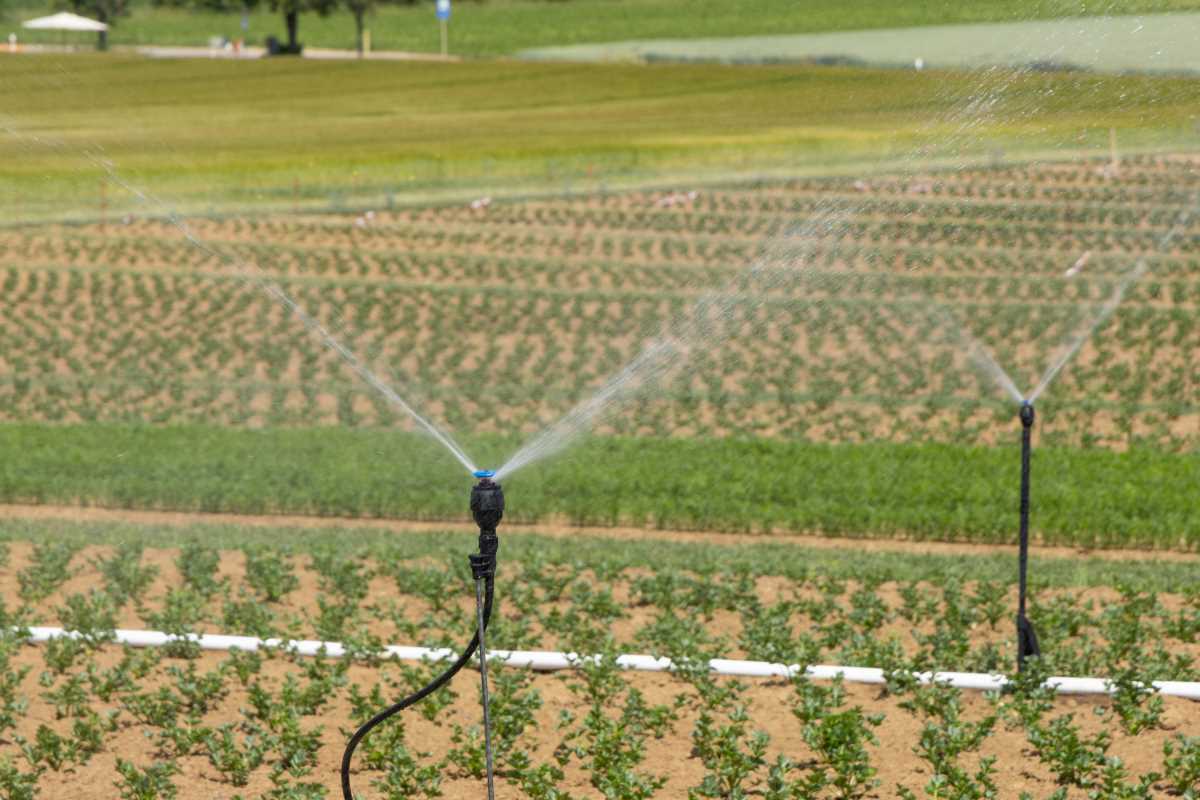 (Image via
(Image via
